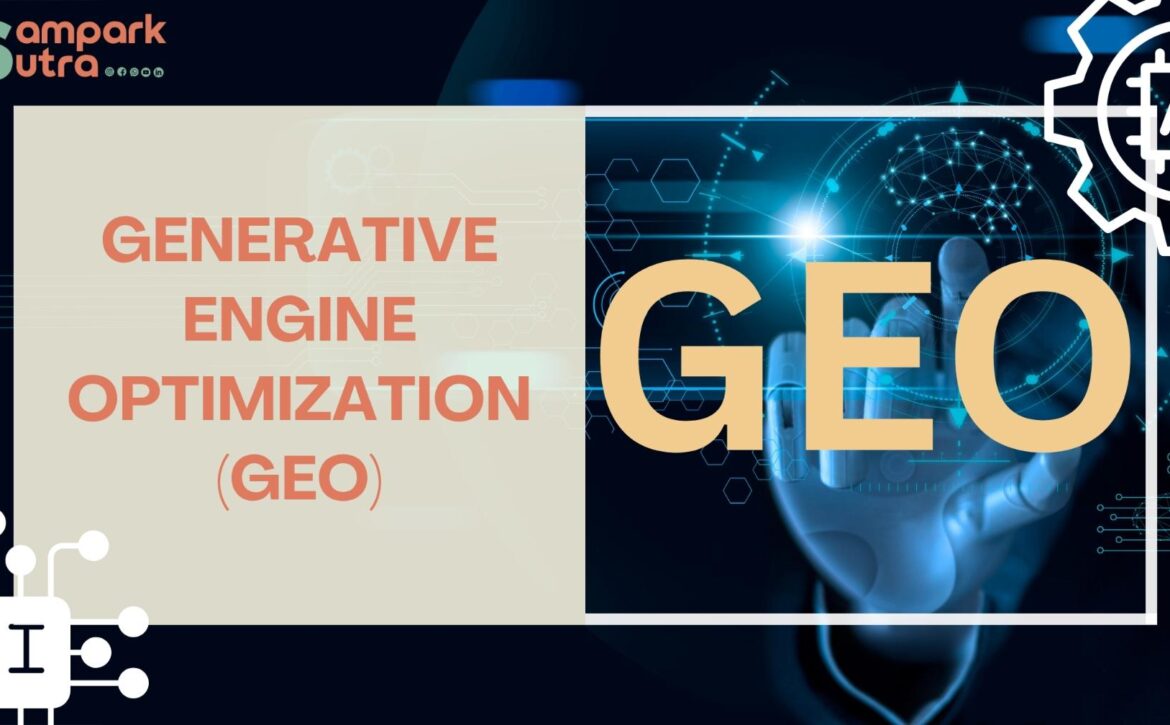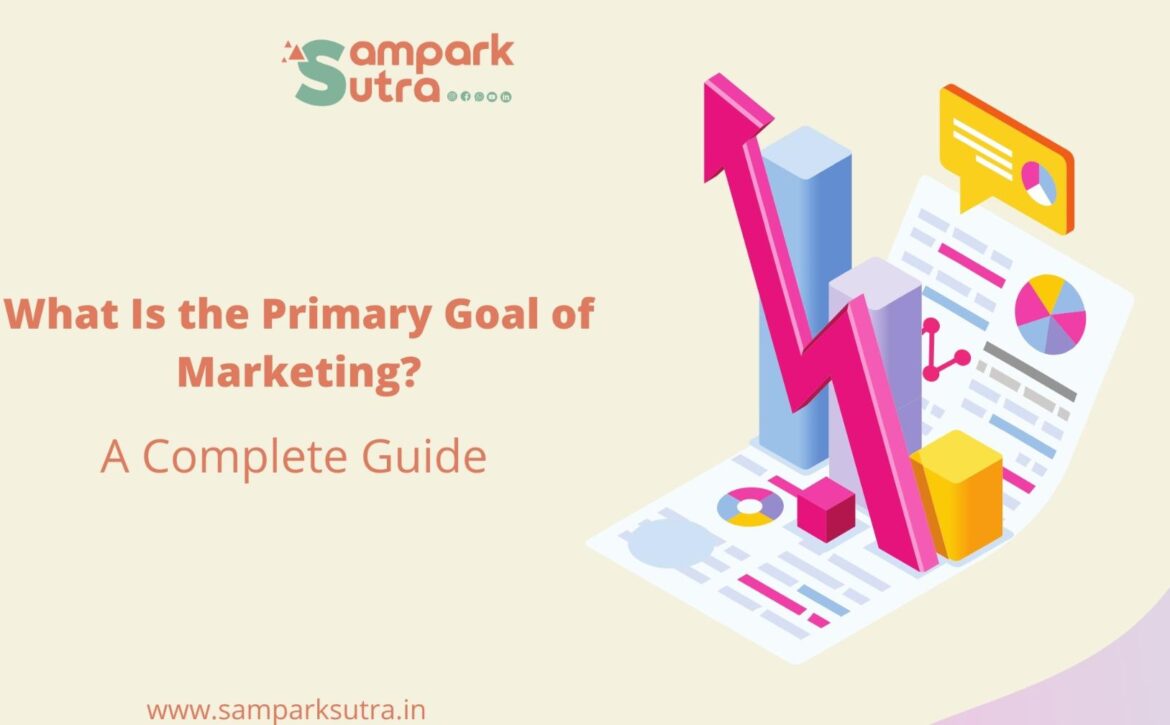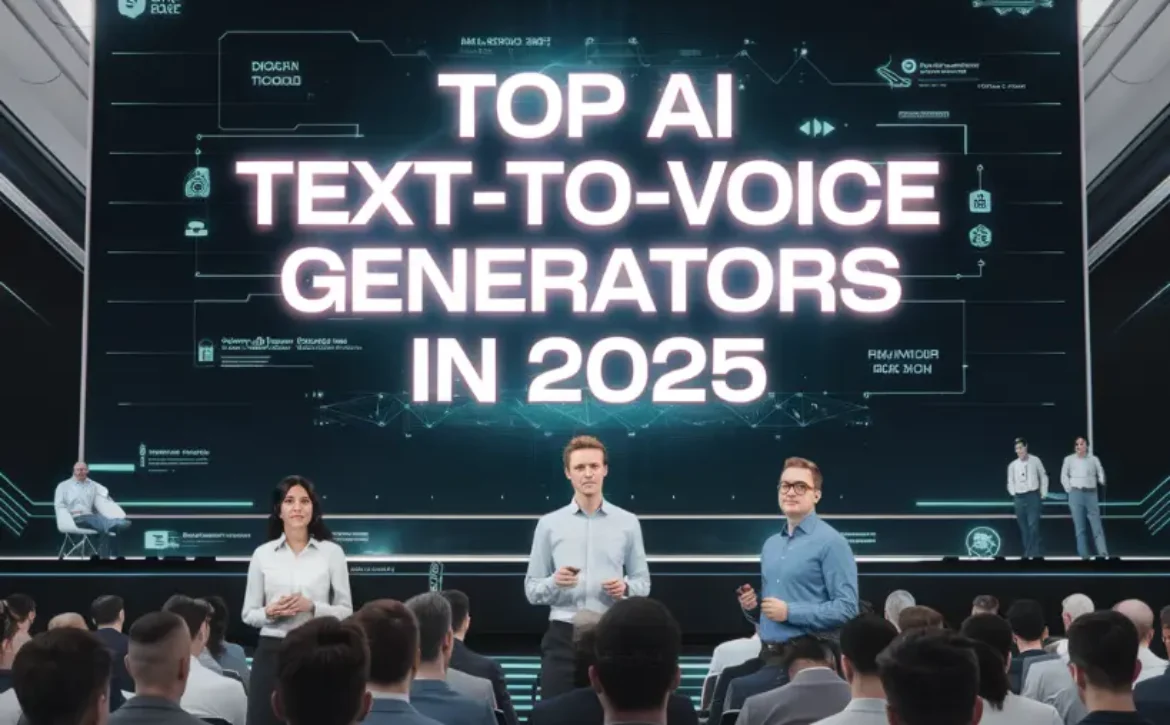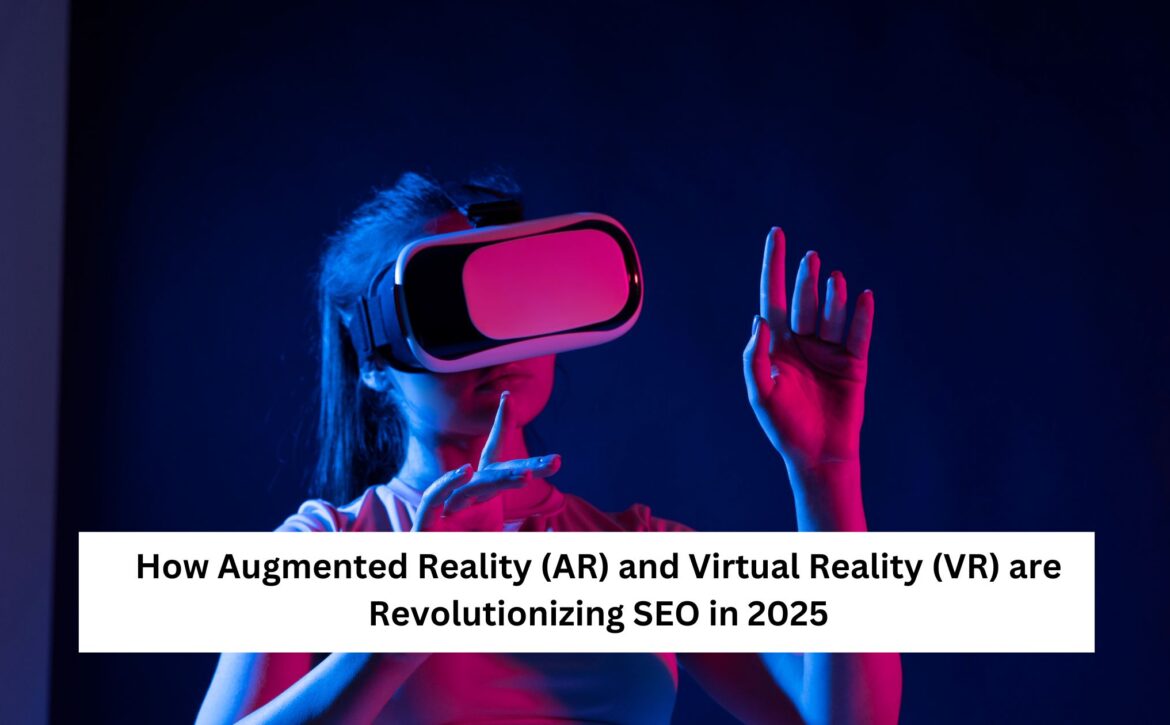Top Benefits of Virtual Tours for Real Estate Agents & Developers
Introduction
In today’s digital-first real estate market, 360° virtual tours have become one of the most effective tools for agents and developers to showcase properties, attract serious buyers, and close deals faster.
With buyers increasingly searching online before making a visit, offering a virtual walkthrough experience gives you a competitive edge and positions your properties more professionally.
For Demo Click Here
1. Attract More Qualified Leads
Virtual tours help filter out casual browsers by giving serious buyers a complete walkthrough experience upfront. This reduces unnecessary site visits and ensures that the inquiries you receive are from genuinely interested buyers.
Fun Fact: Listings with virtual tours receive 49% more qualified leads than those without.
2. Showcase Properties 24/7
A 360° virtual tour works like an always-open house — available 24/7 from anywhere in the world. Whether your buyers are in Mumbai or Melbourne, they can explore the property on their time, increasing convenience and reach.
3. Enhance Online Listings
On platforms like MagicBricks, 99acres, or your own website, a property with a virtual tour stands out. It increases time-on-page, reduces bounce rate, and gives your listing an edge in crowded marketplaces.
4. Build Buyer Trust
High-resolution, real-image based virtual tours help buyers see the real condition of a property. This transparency builds trust, especially among NRIs and investors who can’t visit physically.
Pro Tip: At Sampark Sutra, we use actual on-site photography — no 3D renders — to keep the experience real and reliable.
5. Close Deals Faster
Agents using virtual tours report 30–50% faster closure rates because clients already have a strong sense of the property before visiting. This reduces the sales cycle and improves ROI on marketing spend.
6. Expand Your Market Reach
Virtual tours allow you to tap into a broader market, including:
NRI buyers
Outstation investors
Tech-savvy millennials
Corporate leasing clients
You’re no longer limited by geography.
7. Improve Marketing ROI
Once created, a virtual tour can be reused across:
Social media platforms (Instagram, Facebook, LinkedIn)
WhatsApp campaigns
Email marketing
Project microsites
It’s a one-time investment that keeps generating interest.
8. Boost SEO & Google Visibility
Virtual tour pages can be optimized for local keywords like:
“Virtual tour for 3BHK in Indore”
“Luxury apartment 360° view”
“Property walkthrough India”
This improves your Google ranking and brings organic traffic to your listings.
9. Impress Investors & Stakeholders
For developers, a virtual tour is a powerful presentation tool for investor pitches, partnership meetings, and RERA updates. It makes your project appear more premium and well-documented.
Conclusion
Virtual tours are not just a trend — they are a necessity in modern real estate marketing. Whether you’re a solo agent or a large-scale developer, investing in high-quality virtual tours will:
Save you time
Build buyer confidence
Improve your sales funnel
And ultimately, help you sell smarter
Want to Create a Virtual Tour for Your Next Project?
We at Sampark Sutra specialize in creating real-image based, high-resolution 360° virtual tours for real estate, hotels, and commercial properties across India.






